Ertach Kernow - Sir Goldsworthy Gurney, a Forgotten genius ?
The Cornish inventor Goldsworthy Gurney is largely forgotten, except perhaps in the Bude area of Cornwall and those with interests in historic inventions. Gurney was born in St Merryn near Padstow in 1793 and later from age eleven educated at Truro Grammar School. On leaving school he was articled as an apprentice to Dr Avery a surgeon in Wadebridge where he received perhaps a better education than might have normally been the case. Dr Avery was approaching retirement so perhaps wanted to pass on a well-educated successor to his patients. In 1812 aged just 19 Goldsworthy took on the practice following Dr Averys retirement. In 1814 he married Elizabeth Symons who was some ten years older than him at St Swithin’s Church Launcells with their daughter being born in 1815 in Wadebridge. The family left Cornwall in 1820 embarking on a new life in London and not returning to Cornwall for many years. The following is just a brief collection of his many accomplishments, which even included invention of musical instruments.
Gurney was a man far ahead of his time and a prolific inventor so it’s sad he is not better appreciated in Cornwall alongside people such as Richard Trevithick and Humphry Davey, both of whom he knew. When we say someone is in the limelight today this means they have become the focus of public attention. Goldsworthy Gurney was the investor of limelight, stage lighting once used extensively in theatres and music halls before the coming of electricity and electric lighting.
Gurney spent many years and a large capital sum on steam car inventions, although not a new idea. A number of people had contributed to the evolving steam car including William Murdoch who had worked in Cornwall during the late 18th century on Cornish mine engines. Steam cars were made more viable through the work of Richard Trevithick a pioneer in high pressure steam. In 1803 Trevithick created the London Steam Carriage a steam-powered road vehicle and the world's first self-propelled passenger-carrying vehicle. Gurney’s work on lighter tubular boilers brought down the weight of the vehicles increasing their power and safety, albeit with an occasional incident. In 1829 his steam coach managed journey from London to Bath, the longest by a mechanical vehicle at that time. Unfortunately, vested interests were against him, and Parliamentary toll road legislation scuppered attempts to build a network of licenced coach companies. His work on tubular boilers were incorporated into George Stephenson’s Rocket locomotive, but Gurney got no acknowledgement and growth of the railway system helped finish off his attempts to further the steam car. Later in the century they would return and prove popular into the 20th century until being overtaken by the internal combustion engine.
During 1830 Gurney’s success in his steam car persuaded mine owners at Cyfartha in Wales to seek his interest in a tramway to carry coal along a 2.5-mile track. This proved very successful and over the first eighteen-month period transported 42,000 tons in loads of up to 30 tons with a cost of just a farthing per ton per mile.
Following his success with limelight came another lighting invention known as the Bude Light, developed at his home in Bude and for a number of decades was an important and widely used form of lighting. This was an extremely bright light created by injecting a stream of oxygen into an oil flame although it evolved into the enclosed ‘Atmospheric Bude-Lamp’ substituting air for oxygen. Much brighter and relatively cheap and efficient to run it lit the newly rebuilt parliamentary Palace of Westminster for many decades eventually being used in many public buildings and shops. There is a Bude light, although now run-on electricity, at Trafalgar Square as a memorial to the lighting that once lit this area. The success of lighting at Parliament led him to be appointed there in charge of ventilation and heating.
His experimental work with steam car boilers led to his development of the high-powered steam-jet. This proved effective in ventilation of collieries and throughout 1849 Gurney was very busy with his services in demand all over England. A fire at the Astley and Tyldesley Colliery coal mine near Manchester although largely extinguished remained in a slow combustion phase with firedamp, now better known as methane escaping through various crevices. The owner Mr John Darlington contacted Goldsworthy Gurney for his assistance. After a great deal of thought and additional research Gurney came up with a plan to totally extinguish combustion and drive gasses from the mine. Setting up the necessary equipment and carrying out the operation, Gurney’s remedy was a complete success. So much so that Darlington reported Gurney’s accomplishment to the Times, which was repeated with illustrations in the Illustrated London News. Darlington concluded his report by saying ‘To the untiring energy of Mr Gurney we are all indebted, he voluntarily tendered his services and owing to his abilities, the mineral property of this Kingdom has been insured against the destructive element of fire’. Later in a House of Lords enquiry Gurney would say that he had neither patent, nor pecuniary interest in the matter. He gratuitously gave the idea to the public, with an anxiety to save life and to advance the interests of all. It took a while for sceptic in the coal mining industry to appreciate Gurney’s work but were eventually accepted and honours bestowed on him by various bodies.
Joseph Bazalgette is perhaps best known for his work on London sewers following the ‘Great Stink’ of 1858. As early as 1849 during an outbreak of cholera, which people believed at the time was caused by miasma, bad air, Gurney was called upon to clear and destroy the stench from the Friar Street sewer. Men were unable to enter the sewer for over a year due to the inability to breath in order to clear the sewer. Through the use of Gurney’s steam-jet men were able to enter after just a short period and could continue working as long as the steam-jet was operating. Gurney would use his experience on ventilation as part of the ongoing new sewage system throughout London and many cast-iron stink pipes as they are known still exist throughout the city.
One of Gurney’s most successful and enduring inventions was The Gurney Stove patented in 1856. This would eventually be installed in 22 cathedrals and over 10,000 churches, schools and other buildings across Britain. They were designed to increase surface area and kept the air moist and warm through evaporation of water in which the 24 extended fins rested. The Gurney Stove was manufactured in three sizes, the largest being 1.0 m in diameter with a 1.8m diameter base and of 2.7m tall capable a heating a space of some 3,400 square metres. That there are some still working today in Ely, Hereford and Chester Cathedrals and Tewkesbury Abbey albeit converted to gas, is testimony to the inventers vision. Tewkesbury’s two Gurney Stoves were installed circa 1875 when the Abbey underwent major restoration and converted to gas firing in 1987. Ely Cathedral is currently investigating making their Gurney stoves more environmentally friendly as well as replacing existing boilers. Although many have been removed such as the Gurney stove, installed in Gloucester Cathedral in 1865 and removed in 1958, they seem well loved and appreciated. May they go on for many years into the future as a fine example and memorial of Sir Goldsworthy’s work.
A focal point at Bude adjacent to the attractive open space and gardens is Bude Castle Heritage Centre. The Castle completed by Goldsworthy Gurney was built on land he leased from Sir Thomas Acland in 1830 and thought to be a poor site for a house, literally a house built on sand. Gurney dumbfounded his critics and created a concrete raft consisting of a form of Roman cement high in aluminium and ferric oxide an which to build his house and is believed to be the first of its kind. This pioneering work led to similar construction techniques used quite commonly today. The Castle has been extended since Gurney’s time but approaching two hundred years later his construction remains standing a testimony to his genius.
Why people may wonder did Goldsworthy Gurney does not receive better acknowledgement for his work like some of the other great Cornish inventors and innovators. Dr Dale H. Porter a late 20th century biographer believes that he remained basically an amateur scientist not integrating himself with professional engineers and scientists. He might also be considered a butterfly flitting his scientific curiosity across many areas of interest and of course he didn’t have a contemporary proactive sympathetic biographer. His daughter who could have fulfilled this role burnt all his papers after his death, a great loss to Cornish and scientific history.
Sir Goldsworthy Gurney retired from public life in 1863 and was knighted by Queen Victoria. He died at his house Reeds in Poughill on 28th February 1875 and was buried in the churchyard at St. Swithin’s Church Launcells. He left an estate of just £300 far from the great wealth he could have accumulated. Sadly, a stained-glass memorial to him in St Margaret’s Church Westminster, adjacent to Westminster Abbey, unveiled by the 3rd Duke of Wellington in July 1893 was destroyed in WWII and no image exists. His memorials exist through his stoves and a replica Bude Light in Trafalgar Square and of course the Bude Castle Heritage Museum. Padstow Old Cornwall Society also erected a plaque marking his place of birth and a visit to the museum in Bude to find out more is highly recommended.
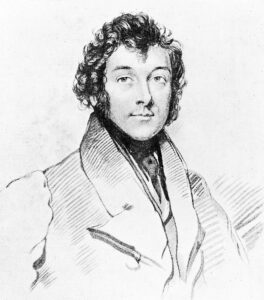
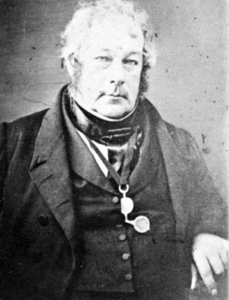
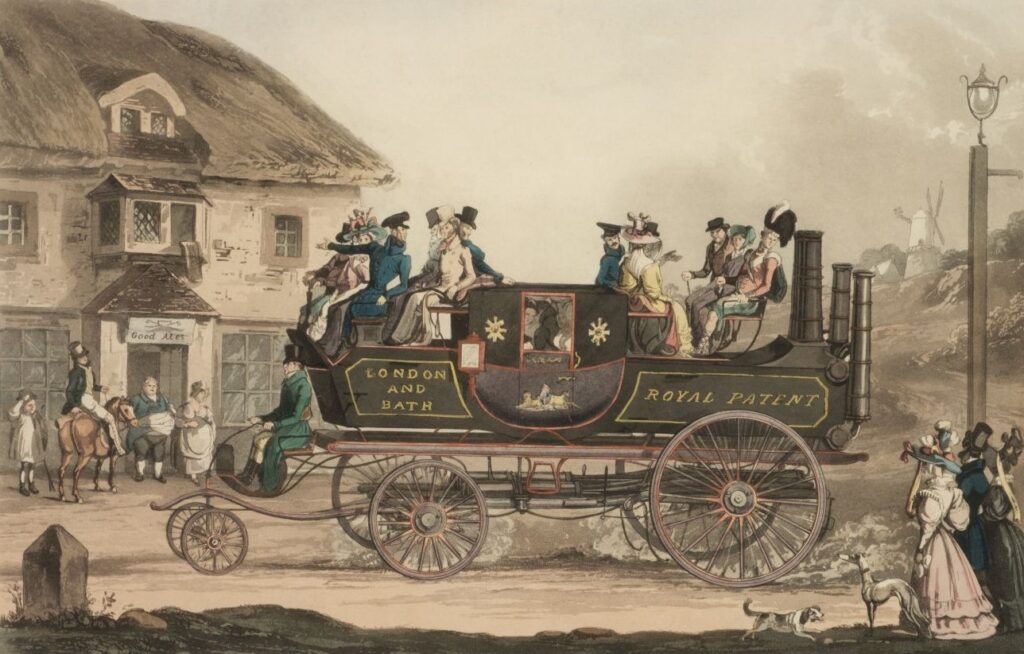
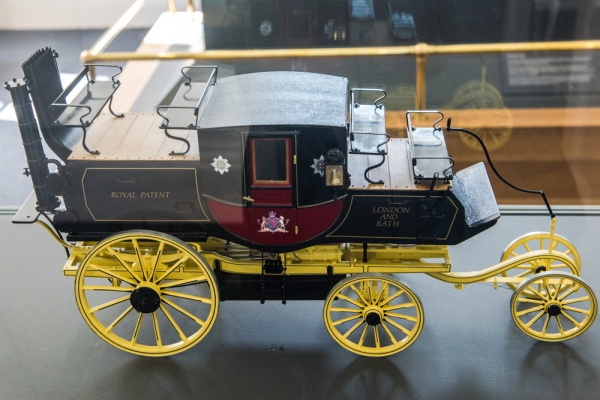
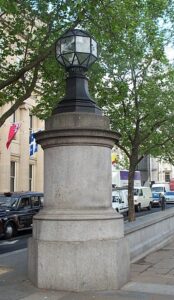
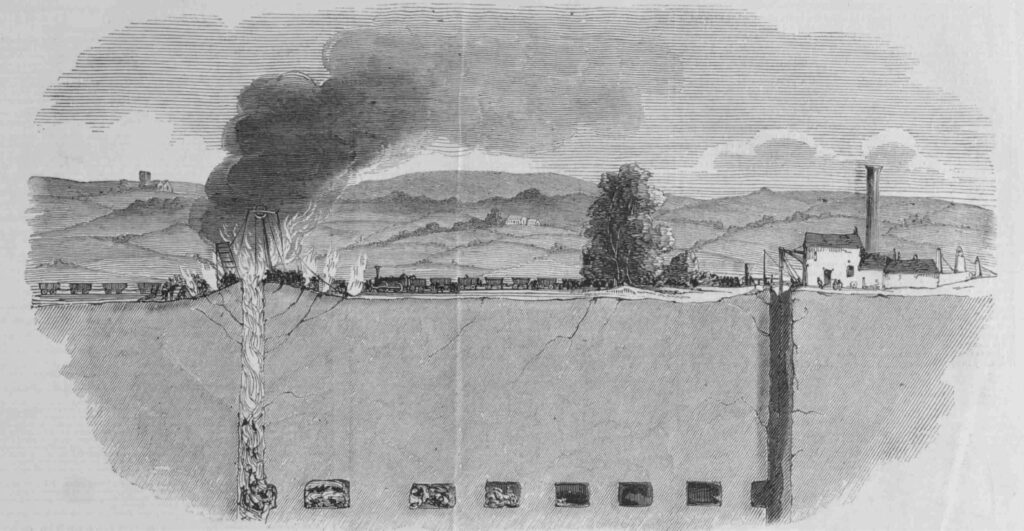
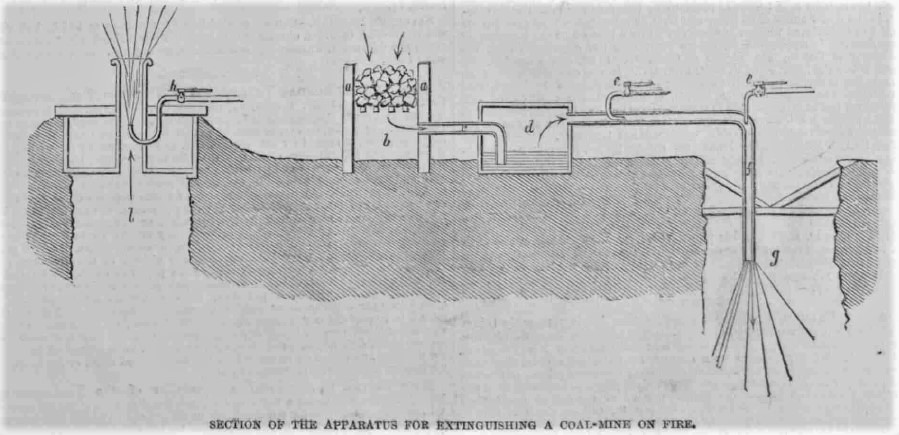
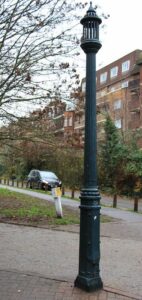
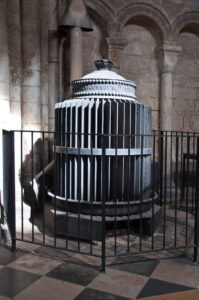
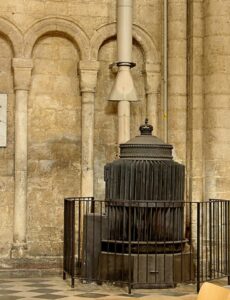
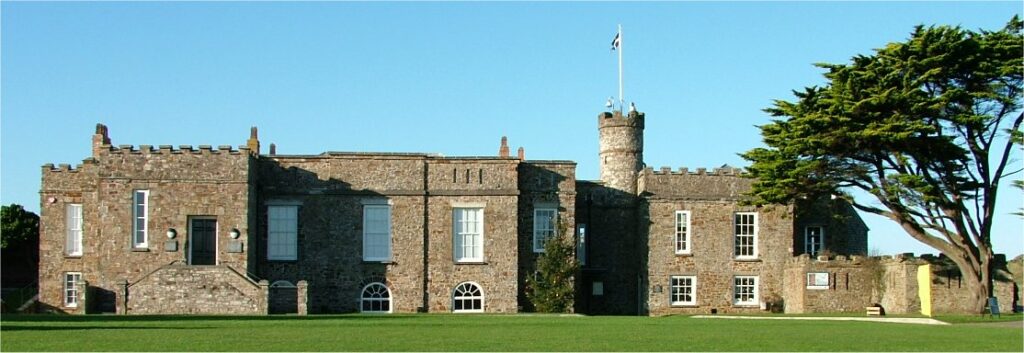
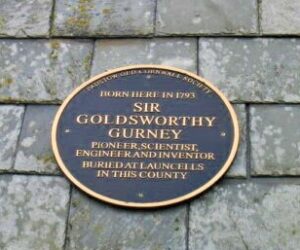
![Ertach Kernow - 25.01.2023 - Goldsworthy Gurney [1] Sir Goldsworthy Gurney, a Forgotten genius?](https://www.cornwallheritage.com/wp-content/uploads/2023/01/Ertach-Kernow-25.01.2023-Goldsworthy-Gurney-1-254x300.jpg)
![Ertach Kernow - 25.01.2023 - Goldsworthy Gurney [2] Sir Goldsworthy Gurney, a Forgotten genius?](https://www.cornwallheritage.com/wp-content/uploads/2023/01/Ertach-Kernow-25.01.2023-Goldsworthy-Gurney-2-254x300.jpg)
![[135] Ertach Kernow Heritage Column - 25th January 2023 - Mayors, Devolution & Cultural Centres Ertach Kernow Heritage Column - 25th January 2023 - Mayors, Devolution & Cultural Centres](https://www.cornwallheritage.com/wp-content/uploads/2023/01/135-Ertach-Kernow-Heritage-Column-25th-January-2023-Mayors-Devolution-Cultural-Centres-300x283.jpg)